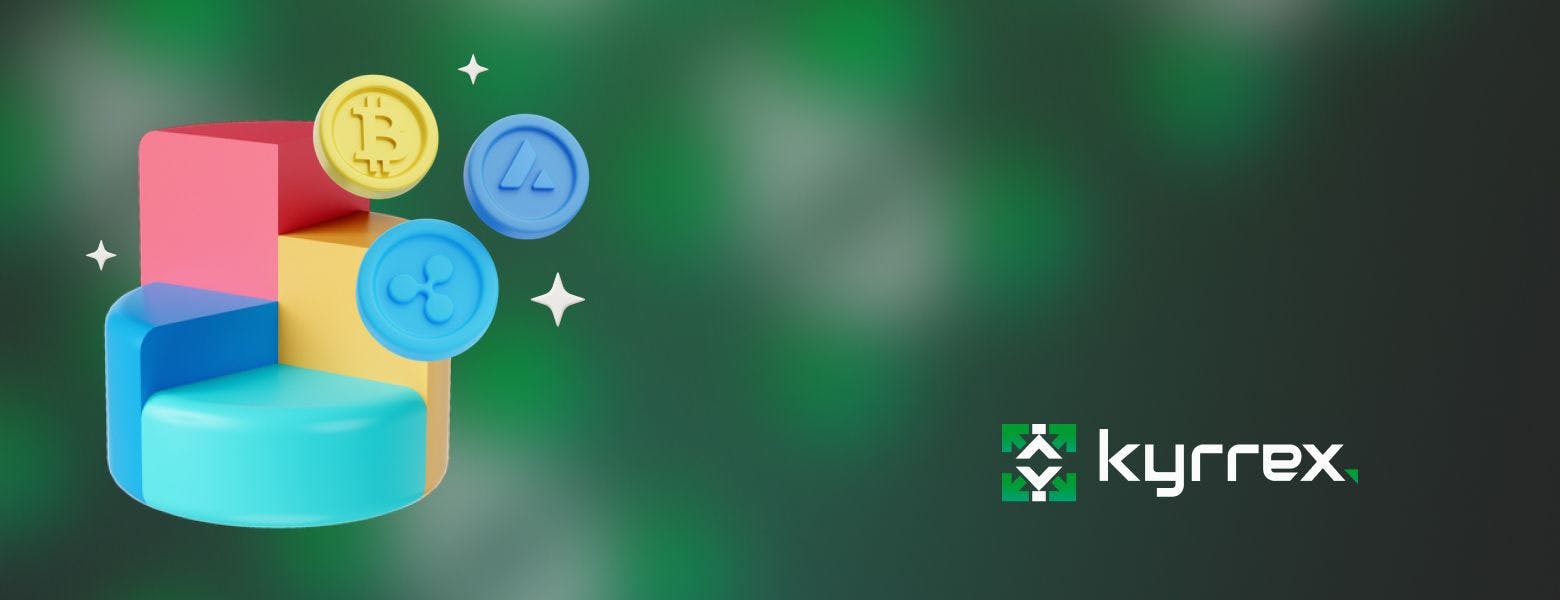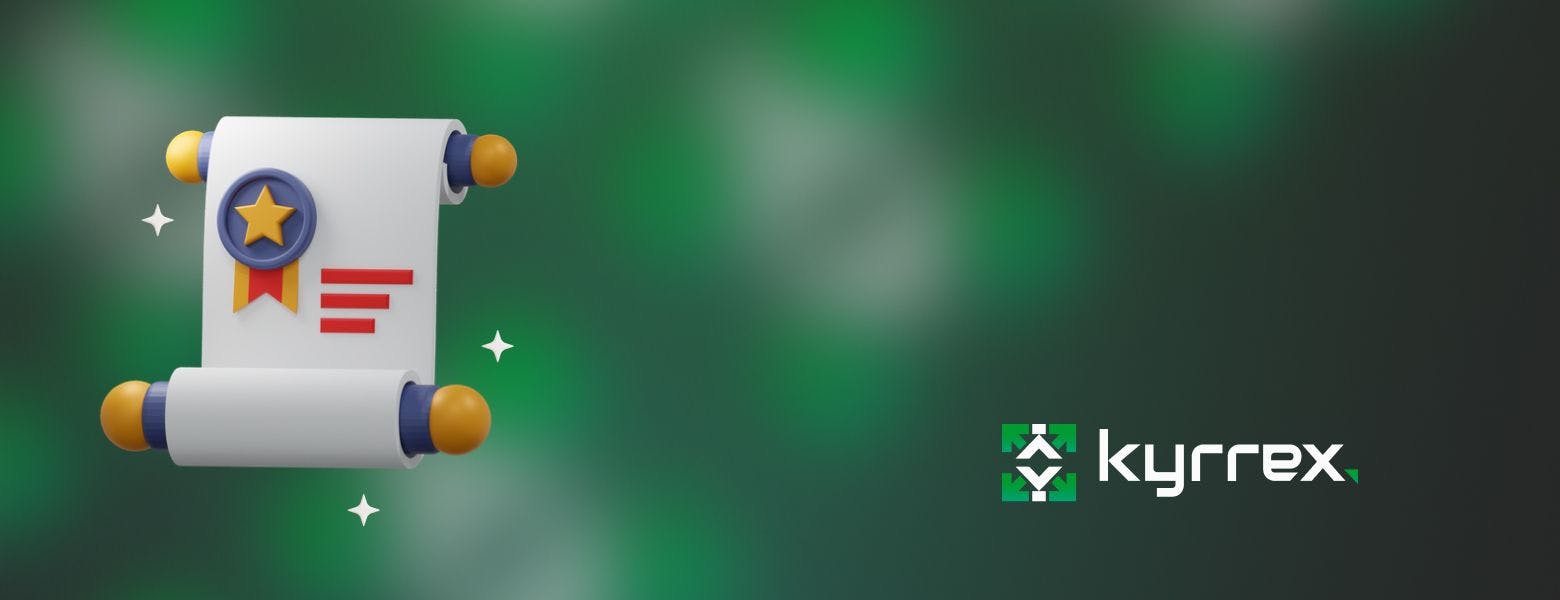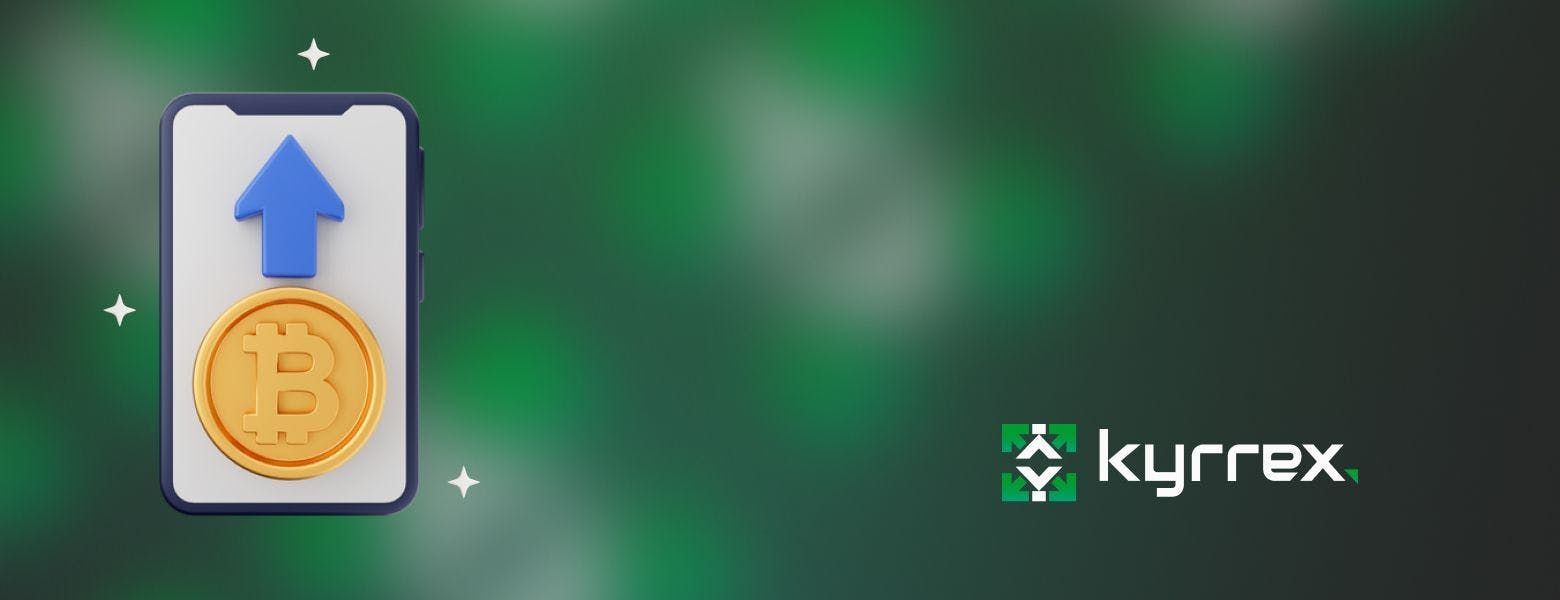
Token Airdrops Beginner Guide

This in-depth guide explains the intricacies of token airdrops so you can get free tokens from DeFi projects
Airdrops are a common way for crypto projects to grow in popularity and reward dedicated users and supporters. A crypto drop disburses the project's tokens to users who meet certain eligibility conditions.
These eligibility requirements vary and can be based on social engagement, transactions made, or longevity of interaction with the platform.
The best airdrops come from bridges, ZK rollups, DeFis and other projects built on Layer-1 ecosystems. Researching new protocols within popular emerging blockchains is a good way to net valuable tokens for free.
What are Airdrops?
Airdrops have become more frequent in the crypto space. These token giveaways contribute massively to the growth of the cryptocurrency ecosystem by attracting new users and investors.
A token drop involves disbursing tokens for free to those who qualify to receive them. In most cases, the qualified participants are early adopters of a project. Sometimes, the project rewards them for helping to spread the word on social media. An airdrop can also be given as a reward to holders of another token.
Many new decentralized application (dapp), decentralized finance (DeFi), metaverse and NFT protocols implement some form of airdrop as a way to get the ball rolling and quickly become relevant. The distributed tokens are used for a variety of narrow functions such as governance, utility and anti-manipulation by whales.
The right airdrop can provide a lucrative opportunity for recipients. In recent times, a few projects have distributed airdrops worth thousands of dollars in value. Rarely, these come out of the blue; often, they're highly anticipated and competitive drops. In airdrops, as with general token trading, getting in early is the name of the game.
Many DeFi protocols have gone on to distribute airdrops for their earliest community members. Many people who traded on these platforms at the beginning have gotten rich from token drops.
As a result, the spotlight has turned to popular and thriving protocols currently without a token. Swapping, staking and other DeFi activity on these platforms has spiked in anticipation of retrospective token airdrops. Following the example of Ethereum Name Service (ENS) , retrospective drops have become the favored medium by tokenless protocols.
But what's the best way to qualify for big token airdrops? There are a number of good strategies to employ and get eligible for drops potentially worth thousands of dollars with little to no upfront investment.
How to Find Good Airdrops

There is a crypto airdrop every single day but most of them are crap. The airdrop mechanism has been hijacked by all sorts of low-quality and bogus projects as a shortcut to gaining followers. Therefore, to find the real quality airdrops out there, you can use the following strategies,
1. Research Potential Airdrops
Scouting for legitimate airdrops will naturally increase your chances of nabbing at least one. The best source of potential drops are popular protocols that haven't issued a token yet. This doesn't mean they will definitely have a token in the future but the potential is there.
One quickfire way to find notable projects is to check individual protocol TVL on popular blockchains like Ethereum, Binance Smart Chain, Solana, Terra, Cardano and Avalanche. Target projects with considerable locked liquidity that don't have a token. Look for news and rumors that suggest a token is in the pipeline.
Social media and dedicated crypto websites are a great source of ongoing and rumored airdrops linked to quality projects. Important crypto sites like CoinMarketCap and DappRadar often partner with projects to host airdrop events. You can also follow respected accounts on Twitter, YouTube and other social media platforms to learn about rumored airdrops.
Several popular crypto platforms are expected to launch their own tokens and distribute airdrops to users in 2022. The most promising are Layer-2 solutions on Ethereum like Optimism, Arbitrum, Zapper and ZkSync, NFT marketplaces like OpenSea, Foundation and Valuables, cross-chain bridges like Hop Protocol, and decentralized exchanges like Cowswap and Clipper.
2. Get Involved in New Crypto Projects
There was a time when new crypto projects were happy to airdrop tokens to whoever showed interest, liked and shared their social media posts, or made token transactions. Now with the rapid rise of users in crypto, this is less likely to be enough to secure the most lucrative airdrops.
An effective way to position yourself for airdrops is to interact with new and promising tokenless protocols. New projects regularly launch on popular blockchains like Ethereum, Fantom, Solana, Cardano and Near. Interacting with these before they go mainstream and get more attention is a great way to become eligible should the protocol deploy a token drop later on.
Connect your wallet to the project and interact with it as much as possible. If it's a DeFi project, you could use its swap function, add liquidity to its pools, or use its farm offerings. You should immerse yourself in its various features as much as possible to increase your chances.
3. Increase Your Activity
The rise of retrospective airdrops has also led to an increase in sybil attacks — a phenomenon where people try to secure airdrops by carrying out small one-time transactions from multiple wallets.
Hence, simply being an early user and interacting with the platform once or twice is no longer enough in a majority of cases. Airdrop eligibility conditions are now stricter across the board.
Gone are the days where users easily got thousands of dollars from ENS, dydx and Uniswap token drops.
A good example is ParaSwap's recent airdrop. It went to users who had used the platform to transact at least 5 times. CowSwap, meanwhile, announced that only users who'd made an aggregate trading volume of at least $1000 across at least 3 trades will be eligible for their upcoming token drop.
4. Give the NFT Space a Look
Holding the right NFT can make you eligible for free airdrops. Holders of popular NFTs like Bored Ape Yacht Club have enjoyed several drops in the past and will get more in the future.
Get active in the NFT space and focus on projects with big and active communities. It's one of the best ways to land airdrops which can be either new tokens or new NFTs (or both).
Since the goal of pursuing airdrops is to earn money, you can also look at NFTs that have lots of benefits attached to holding them. For example, you can get up to 55% APY simply by holding these NFTs for a set duration.
5. Staking & Farming
Staking and farming tokens are a nice way to earn free tokens without stress. Certain decentralized protocols reward users with token drops for staking, farming or liquidity mining.
Some layer-1 networks (e.g. Cosmos) implement stakedrops, airdrops rewarded to those who stake the blockchain cryptocurrency (e.g., ATOM) on the network.
6. How to Find Good Airdrops
The beauty of airdrops is that no two are alike in all respects. There are lots of other ways to get lucrative drops other than those mentioned above.
A project could just randomly decide to airdrop its tokens to users of a cryptocurrency exchange who also hold the exchange's utility token like BNB, KRRX or KCS. This usually happens as part of a deal to list on that exchange. Here, the user happens to be in the right place at the right time.
Some projects implement an airdrop on an FCFS (First Come First Serve) basis. A date and time is given and people try to claim before the allotted items run out. An example is the recent Pepsi Mic Drop NFT release.
Parting Tips

All in all, it's worth striving for a rumored airdrop when it's sure to be very lucrative. Your target should be popular and successful layer-2 protocols on major networks like Ethereum. The emerging GameFi and metaverse spaces also offer rich potentials for rumored airdrops.
It's worth keeping in mind that some airdrops won't be worth the hassle to obtain them. The vast majority of drops aren't worth the bandwidth used to obtain them. That's why it's important to stick to safe airdrops promoted by legitimate sources.
With airdrops, timing is key. Depending on the type of tokens, you can either decide to sell off at the height of hype or hold in expectation of more pumps in the future.



